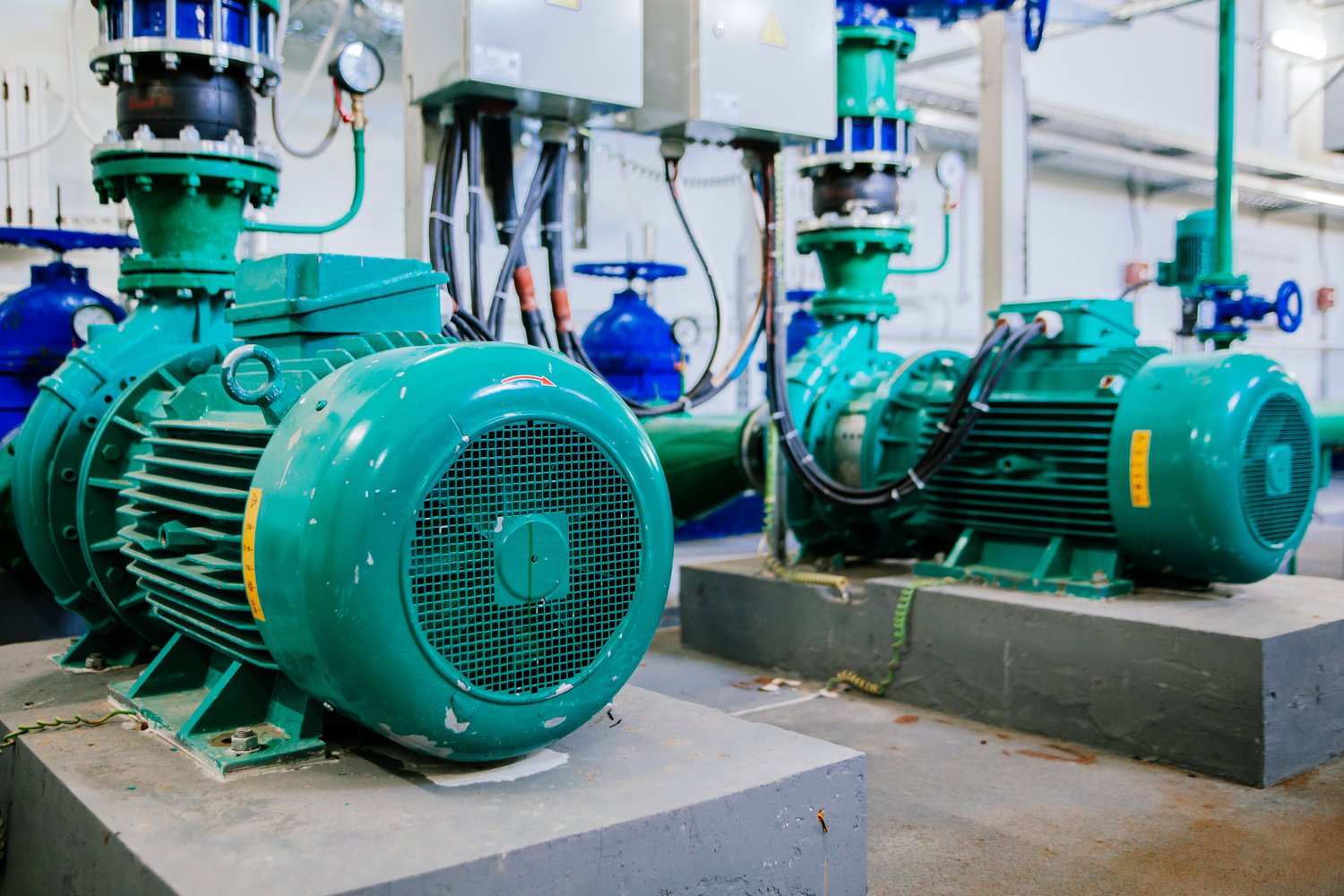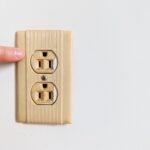Understanding the Basics of Water Pumps
Water pumps are crucial components in residential and commercial plumbing systems. They move water from one location to another, ensuring consistent water pressure and flow. There are various types of pumps, including centrifugal, submersible, and jet pumps. Each type serves specific purposes and is suited for different applications. Centrifugal pumps, for instance, are commonly used in municipal water systems and industrial processes. These devices can move large volumes of water efficiently, making them ideal for high-demand scenarios.
The efficiency of a pump is measured by its flow rate and pressure capacity. Flow rate is typically expressed in gallons per minute (GPM) or liters per minute (LPM). Pressure, on the other hand, is measured in pounds per square inch (PSI) or bars. A typical residential pump might have a flow rate of 10-20 GPM and a pressure of 40-60 PSI. Industrial pumps, however, can achieve much higher rates, sometimes exceeding 1000 GPM and 100 PSI. Understanding these specifications is crucial for selecting the right pump for your needs.
Pump materials also play a significant role in their performance and longevity. Stainless steel pumps are corrosion-resistant and suitable for various water qualities. Cast iron pumps are durable and cost-effective but may require more maintenance. Plastic pumps are lightweight and affordable but may not be suitable for high-pressure applications. The choice of material depends on factors such as water chemistry, temperature, and the pump’s intended use. Proper selection ensures optimal performance and reduces the need for frequent replacements.
Selecting the Right Pump for Your Water System
Choosing the appropriate pump begins with assessing your water system’s requirements. Consider factors such as the water source, required flow rate, and pressure needs. For a residential well system, a submersible pump might be the best choice. These pumps can be installed directly in the well, providing efficient water delivery. For boosting water pressure in a municipal supply, a surface-mounted centrifugal pump could be more suitable. Pumps and pressure booster sets are often used in multi-story buildings to maintain consistent water pressure on all floors.
The power requirements of a pump are typically measured in horsepower (HP). A small residential pump might require 1/2 to 1 HP, while larger commercial systems may need pumps with 5 HP or more. It’s essential to match the pump’s power to your system’s needs. Undersized pumps may struggle to meet demand, while oversized ones waste energy and may lead to pressure fluctuations. Consulting with a professional can help you determine the exact power requirements for your specific situation.
Energy efficiency is another crucial factor in pump selection. Look for pumps with high efficiency ratings, as they can significantly reduce operating costs over time. Variable speed pumps, for instance, adjust their output based on demand, potentially saving up to 50% on energy costs compared to fixed-speed models. Some regions offer rebates or incentives for installing energy-efficient pumps, making them an even more attractive option. Consider the long-term savings when evaluating the initial cost of different pump models.
Installation Best Practices for Water Pumps
Pumps require proper installation to function optimally and avoid issues such as cavitation or premature wear. Begin by ensuring a stable and level mounting surface. For submersible pumps, this means a properly constructed well casing. Surface-mounted pumps should be securely fastened to a concrete pad or sturdy platform. Proper alignment is crucial, as misaligned pumps can lead to excessive vibration and reduced efficiency. Use a level and follow the manufacturer’s guidelines for precise installation.
Piping connections are critical for pump performance. Use appropriately sized pipes that match the pump’s inlet and outlet diameters. Avoid sharp bends or restrictions in the piping, as these can create turbulence and reduce flow efficiency. Install shut-off valves on both the suction and discharge sides of the pump for easy maintenance. A check valve on the discharge side prevents backflow and protects the pump from water hammer effects. Proper pipe support is essential to prevent stress on the pump connections.
Electrical connections must be handled with care and in compliance with local codes. Ensure the power supply matches the pump’s voltage and amperage requirements. Install a disconnect switch near the pump for safety during maintenance. Use waterproof connections and conduit where appropriate, especially for outdoor or submersible installations. Many modern pumps include built-in thermal overload protection, but an external circuit breaker is still recommended. Proper grounding is essential for safety and to protect the pump from electrical surges.
Maintaining Your Water Pump System
Regular maintenance is key to ensuring the longevity and efficiency of your pump system. Develop a maintenance schedule based on the manufacturer’s recommendations and your system’s usage. Typical maintenance tasks include checking for leaks, tightening connections, and lubricating moving parts. For submersible pumps, this may involve annual well inspections. Surface-mounted pumps may require more frequent checks, especially if exposed to harsh environmental conditions.
Water quality plays a significant role in pump maintenance. Hard water can lead to mineral buildup inside the pump, reducing efficiency and potentially causing damage. Install water softeners or filters if necessary to protect your pump. Regularly test your water quality and adjust treatment methods as needed. Some pumps have self-cleaning features or can be easily disassembled for cleaning. Follow the manufacturer’s guidelines for cleaning procedures to avoid damaging sensitive components.
Monitor your pump’s performance regularly to catch potential issues early. Keep records of flow rates, pressure readings, and energy consumption. Unusual changes in these parameters can indicate developing problems. Many modern pumps come with built-in sensors and monitoring systems that can alert you to issues before they become critical. Investing in such technology can save time and money on repairs in the long run. If you notice any significant changes in pump performance, consult a professional for a thorough inspection.
Troubleshooting Common Pump Issues
Despite proper maintenance, pumps may occasionally experience problems. One common issue is loss of prime, where the pump fails to draw water. This can be caused by air leaks in the suction line or a faulty foot valve. To resolve this, check all connections for tightness and ensure the foot valve is clean and functioning correctly. If the problem persists, the impeller may be damaged and require replacement. Always turn off the power before attempting any repairs.
Unusual noises or vibrations often indicate mechanical issues. These could be caused by worn bearings, misalignment, or cavitation. Cavitation occurs when air bubbles form and collapse within the pump, potentially causing damage. It’s often due to insufficient water supply or restrictions in the suction line. Address these issues promptly to prevent further damage. If you’re unsure about the cause of the noise, it’s best to consult a professional to avoid exacerbating the problem.
Water supply systems and connections can also affect pump performance. Issues like low water pressure or inconsistent flow may be related to problems in the broader system rather than the pump itself. Check for leaks in the distribution system, clogged filters, or malfunctioning pressure tanks. Sometimes, adjusting the pump’s pressure switch can resolve minor pressure issues. However, significant changes in system performance should be evaluated by a qualified technician to ensure all components are working together effectively.





